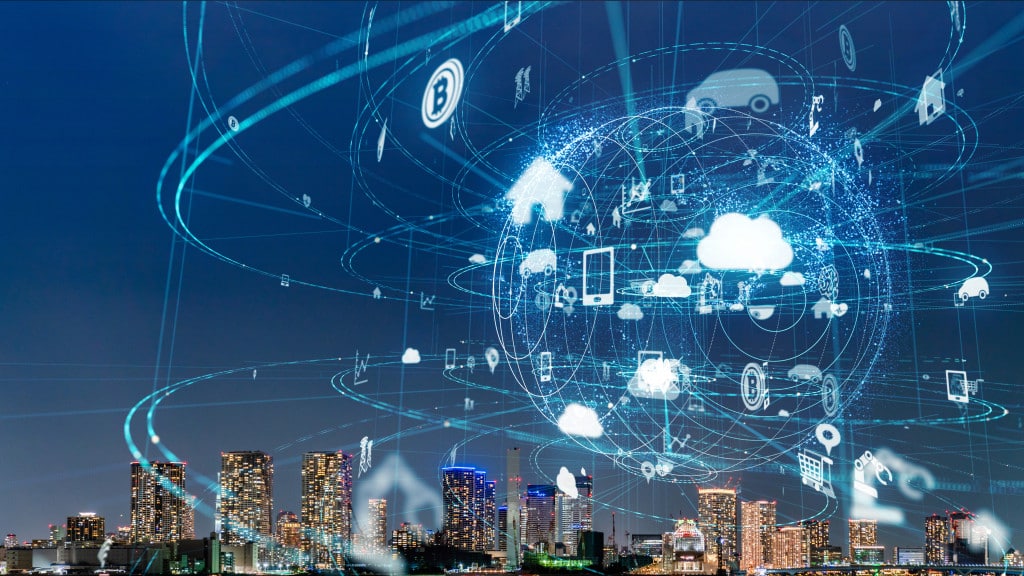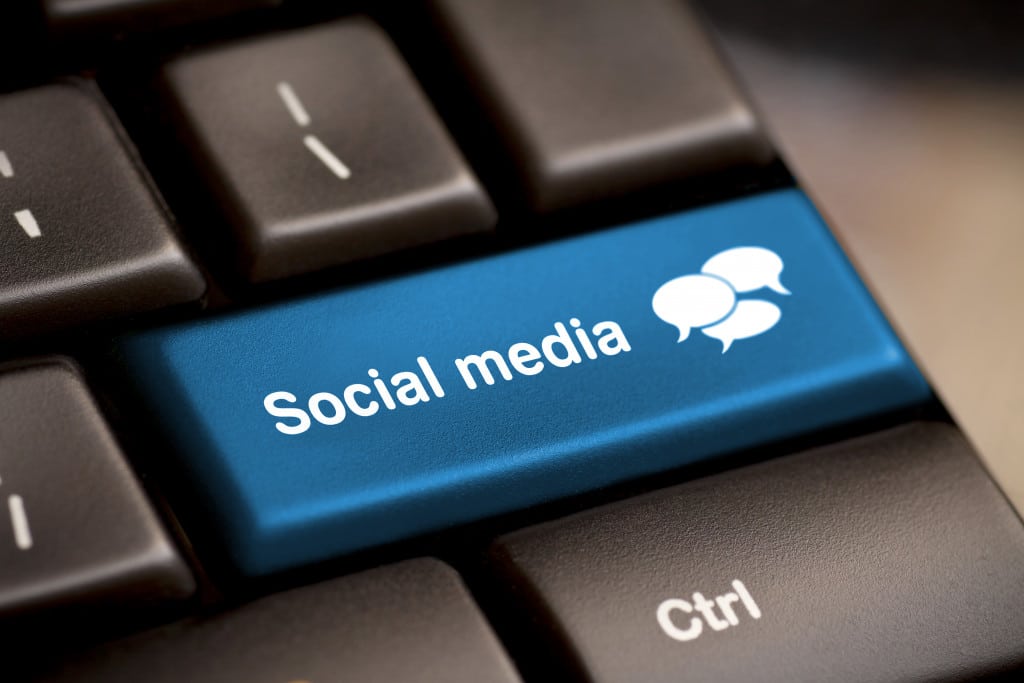• Ancient civilizations used smoke signals, drums, and messenger birds to communicate long distances.
• The 19th-century invention of the telegraph enabled people to send messages quickly over long distances.
• The telephone revolutionized communication in the late 19th century, connecting people from across continents.
• The internet has broken geographical barriers, fostering cross-cultural communication and collaboration.
Have you ever considered how people from different parts of the world have managed to stay connected throughout history? From ancient civilizations to the modern digital era, the world has undergone significant transformations in communication and global interconnectedness.
Connectedness: Why It’s Important
Human beings have always been social creatures, but in today’s world, the need for connectedness is more crucial than ever. It helps everyone to stay informed about news and events worldwide, share information with others and build relationships with people from different cultures. But it was different years ago. Here’s a look into communication, connectedness, and how technology has changed it.
The Early Days of Communication
Before smartphones and the internet became integral to people’s lives, ancient civilizations relied on smoke signals, drums, and messenger birds to transmit information over long distances. Written forms of communication, such as manuscripts, letters, and scrolls, were also widely used by people to send messages and keep in touch with each other. As time went by, the invention of the printing press in the 15th century revolutionized mass communication, enabling people to share information more efficiently and cost-effectively.
A Breakthrough Invention: The Telegraph
The 19th century marked a significant turning point in the history of global communication with the invention of the electric telegraph. The telegraph allowed messages to be sent and received over long distances at astonishing speed, significantly transforming the way people communicated with each other. Telegraph lines were laid across continents and under the sea, connecting people from different countries like never before. With the telegraph, news and important updates could be exchanged within minutes or hours instead of days or weeks.
The Dawn of Telephony
Further advancements in communication technology led to the invention of the telephone in the late 19th century. The telephone allowed individuals to have real-time conversations at great distances, revolutionizing how people conducted business and interacted with their loved ones. By the early 20th century, telephone networks were being established globally, with transatlantic telephone cables connecting Europe and North America. The telephone soon became a household item, allowing people to stay connected more intimately and effectively than ever.

The Internet Era
Few inventions have had as profound an impact on global communication as the internet. Since its inception in the late 20th century, the internet has changed the way people live, work, and interact with each other.
Today, thanks to the internet, people send emails, share photos and videos, engage in video calls, and collaborate on work projects with people worldwide. It’s no exaggeration to say that the internet has brought the world closer by breaking geographical barriers and fostering cross-cultural communication and collaboration.
The Rise of Social Media and Smartphones
Social media platforms and smartphones have increased global connections in recent years. Social networks like Facebook, Twitter, Instagram, and WhatsApp have transformed how people share their lives, express themselves, and stay in touch with friends and family across the globe.
The proliferation of smartphones ensures that these platforms are accessible anytime and anywhere, enabling us to stay connected in real time, regardless of location. Social media and smartphones have also played a critical role in connecting people during times of crisis, such as natural disasters and global pandemics.
How Your Community Can Take Advantage of Modern Connections
It’s integral that your community stays connected and informed in today’s world. Here are a few ways to take advantage of modern connections:
Build an Online Platform
One of the best ways your community can stay connected is to create an online platform that allows members to communicate, share updates, and collaborate on projects. This could be a reliable community online platform with messaging, video conferencing, file sharing, and more features. Such a platform will make it easier for members to stay informed, share ideas and resources, and support each other.

Leverage Social Media
Social media platforms allow people to stay connected and informed in real-time. Setting up a group or page on social media will enable community members to network, share news and updates, and find support from others.
Encourage Offline Engagement
It’s important not to forget the power of offline connections. Encouraging members of your community to come together for regular events such as meetups, workshops, and conferences will help to create deeper relationships.
Modern technology has enabled people worldwide to stay connected like never before. From smoke signals to smartphones, communication, and global interconnectedness have come a long way over the years. By leveraging these modern connections, your community can stay informed, share ideas and resources, and build meaningful relationships.









